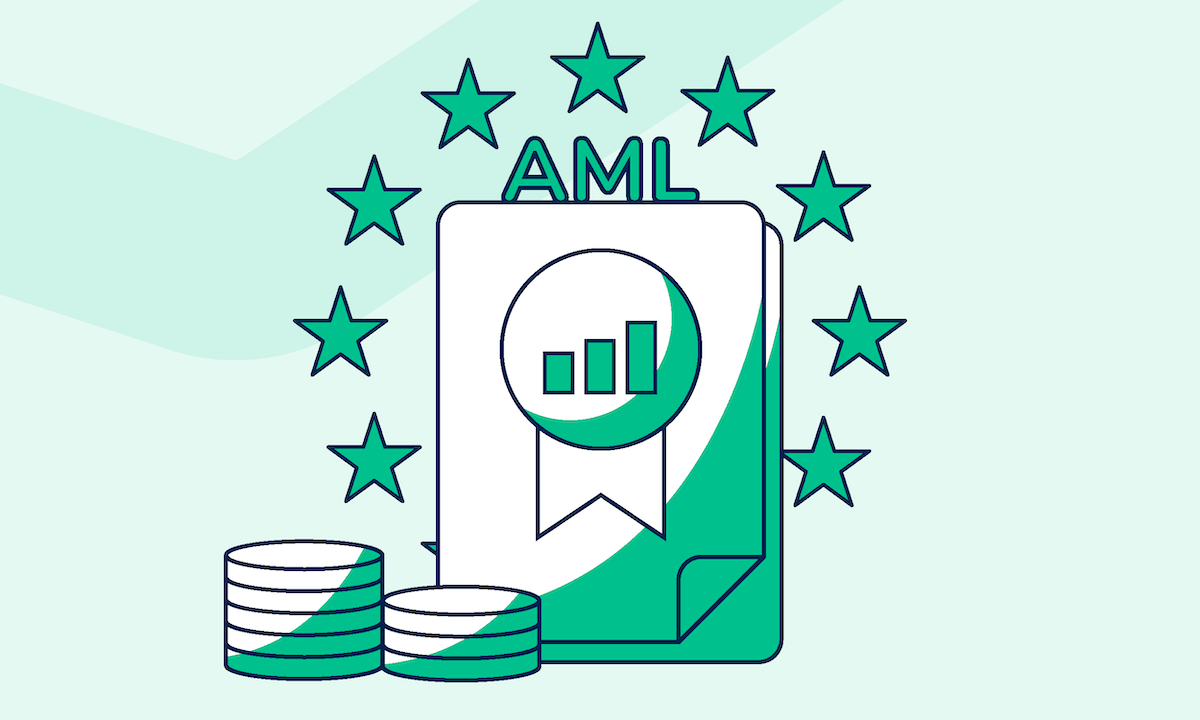Wet signatures, i.e., handwritten signatures, have been used less and less in the past decade. That’s because digital signatures have been rapidly replacing them due to the many benefits they provide.
This article compares the two types of signatures, their implications, and their legal value.
What are wet signatures?
Wet ink signatures are created when someone physically marks a document with an ink pen.
They have historically been used to sign documents, along with seals. As both ink and wax need time to dry, these manual methods have been commonly called wet signatures.
What are the differences between wet signatures and electronic signatures?
Wet signatures are quickly becoming a thing of the past. On the other hand, e-signatures offer countless advantages that make them a must for any modern business.
The main differences between wet ink signatures and e-signatures are:
1. Wet signatures can be forged, defrauded, or denied
Alterations to signed paper documents are often undetectable. Not to mention wet signatures can easily be forged.
On the other hand, electronic signatures allow the identification of the signers and prevent the modification of the document after it has been signed.
2. The excessive use of paper hurts the company’s image
It’s no secret that companies are expected to put sustainability on their corporate agenda and keep up with the times in terms of digital transformation.
Adopting a digital signing solution is a massive step towards switching to a paperless business model and conveying an image of a modern organization.
3. Manual processes weigh on business expenses
Items such as paper, ink, printers, packaging, shipping, and physical storage may not sound like a big deal. However, they can amount to 3% of your company’s annual revenue
Shifting to digital transaction management can save the indirect costs associated with time spent on filing documents, tracking data, and archiving files.
4. Poor time management
In-person meetings, mail deliveries, and unsafe email threads take a lot of your time.
However, digital signing removes such time-consuming activities from the picture. All parties involved save time and achieve the same outcome – with higher security. Process acceleration means that extra time becomes available, and there’s no more valuable asset than that.
5. All humans make mistakes
When waste of time is out of the equation, there’s only one thing left threatening the process. And that’s human fallibility.
For example, sending a document for signature to the wrong recipient, having somebody sign in the incorrect order, or losing track of the flow.
Digital signing tools take care of the manual work and make the process simple, error-free, trackable, and automated. All parties are kept in the loop, and productivity is boosted thanks to faster turnaround times.
6. Manual signing negatively affects the end user’s experience
All the downsides above affect your customers’ and stakeholders’ experience. Therefore, digitizing the signing process benefits them as well.
Your signers also save time and effort when signing digitally, as they can sign from any place and at any time, directly from their smartphone. This all leads to a much better user experience.
Not to mention, the overall convenience is a competitive differentiator that makes your brand more attractive for customers, investors, and employees.
Can an electronic signature replace a wet signature?
eIDAS recognises the legal effect and admissibility of electronic signatures as evidence in court proceedings. However, qualified electronic signatures are the only types of electronic signatures that are granted the same legal value as handwritten signatures.
In the EU, Member States remain free to require wet signatures for specific cases. Exceptions often include:
- lease agreements, property transfers, and other real estate transactions
- prenups, wills, deeds of adoption, divorce agreements
- certain corporate documents such as share, issue, securities, and stock certificates
- or, more generally, notarized documents.
In the US, there are a few exceptions, such as:
- wills, codicils, and testamentary trusts;
- health care proxies and some types of powers of attorney;
- documents relating to adoption, divorce, and other family law matters;
- some types of real estate agreements; certificated investment securities (such as stock certificates);
- court orders, notices, and other court documents like pleadings and motions.
Besides the exceptions above, electronic signatures can replace wet signatures in most cases.
E-signatures have made the “sell me this pen” test impossible to pass. The benefits of switching to digital processes are evident. And adopting e-signing software appears to be the only way ahead.
With Penneo, you get a top-notch solution to manage your document transactions digitally. Request a free trial today!





